El Capricho Park, Spain is one of the few parks in Europe that features Italian, French and English-style gardens. (Source: Factofoto/Alamy) |
In the midst of Europe’s big cities, which are often associated with crowded streets, high-rise buildings and endless traffic, there still exist quiet “green oases”. Not only do they provide fresh air, many gardens also preserve a treasure trove of history, culture and art.
From Madrid to Athens, London to Prague, these secret gardens offer a different perspective on urban life that is profound, sophisticated, and poetic. Whether you are a first-time visitor or a local, you can stop, marvel, and be captivated when you stumble upon one of these beautiful green spaces.
El Capricho, Madrid, Spain
Located in a quiet northeastern suburb of Madrid, El Capricho is one of the city’s lesser-known parks, but it’s a natural and historic beauty. Built in 1784 by the Duke and Duchess of Osuna, renowned art patrons, it has welcomed great artists such as Francisco de Goya.
The 17-hectare garden, designed by architect Jean Baptiste Mulot (who also designed the Petit Trianon garden at Versailles), is divided into three sections in Italian, French and English styles. The green maze, small lake, music hall and ancient villa create a space that is both classic and romantic.
The most special feature is the underground bunker built in 1937 during the Spanish Civil War. To this day, this structure is still preserved intact and is open to visitors for free on weekends with guided tours.
Onion Garden, London, England
The Onion Garden is located in Westminster, near St James's Park. (Source: The Guardian) |
London is famous for being one of the greenest cities in Europe, with more than 3,000 parks, large and small. But right in the middle of the bustling buildings near Victoria Station, few people expect the existence of a small garden with a rather strange name: Onion Garden.
The Onion Garden was once just a “deserted concrete corner” until late 2021, when it was transformed into the “Hanging Gardens of Westminster”. Despite its modest size, the garden now boasts more than 200 species of plants, including onions, as well as public artworks such as mosaics and sculptures.
A small cafe and community activities such as singing, poetry readings and craft workshops make this a vibrant cultural hub in the heart of London.
Anne Frank Garden, Paris, France
Anne-Frank Gardens in the Marais district of Paris. (Source: Alamy) |
Tucked away at the end of a cul-de-sac in the historic Marais district, Anne Frank Garden is a quiet, little-known green space. Formerly part of the Hôtel Saint-Agnan, the garden now houses the Museum of Jewish Art and History (mahJ). It is open to the public as a gentle tribute to the Jewish girl whose diary is immortalized in time.
The highlight of the garden is the chestnut tree, which was grown from a branch that Anne saw from her attic window in Amsterdam and wrote about in her diary. The garden also has an orchard, flower beds, vegetable gardens and a children's play area...
Not far from the garden is the Pompidou Centre, an icon of contemporary Parisian architecture. The juxtaposition and contrast between the quiet memorial space and the bustling modern neighborhood highlight the garden’s role as a quiet stop in the hustle and bustle of urban life.
Brera Botanical Garden, Milan, Italy
Peonies in bloom in Brera. (Source: Alamy) |
Hidden behind the southern wall of the Brera Palace in central Milan is an ancient botanical garden, which was once a place for growing medicinal plants and for priests to retreat. In 1775, on the orders of Empress Maria Theresa of Austria, it was converted into a botanical garden, which has been under the management of the University of Milan since 1935.
Covering an area of 5,000 square meters, the garden retains its original layout with two oval-shaped lakes, a nursery with two ancient ginkgo trees and many rare plant species. The beds are arranged according to themes such as medicinal plants, Mediterranean plants, raw materials for dyeing, textiles and paper production...
Centralbadets Garden, Stockholm, Sweden
Centralbadets was built in 1904. (Source: The Guardian) |
Close to the pedestrian shopping street Drottninggatan, the Centralbadets garden is nestled between buildings, like a green gem in the bustling city. Originally a farm garden in the 18th century, the land was bought by William Klemming in 1901 and the famous spa complex Centralbadets was built in 1904.
Today, the small garden is beautifully maintained with a pond and water sculptures, winding paths, abundant flower beds and shady seating. Three restaurants adjacent to the garden have outdoor tables, which are popular with Stockholmers in the summer.
Royal Library Garden, Copenhagen, Denmark
Fountain in the Royal Library garden. (Source: Alamy) |
Nestled between the historic Christiansborg Palace and the Royal Library, this small garden is a rare tranquil space in the heart of Copenhagen. Built in 1920 on the site of the old Tøjhushavnen seaport, the garden still retains many reminders of the city's maritime past.
At the center of the garden is a large pond with an eight-meter-high water column that erupts hourly. At one end of the garden, a cast-iron anchor ring recalls the site’s maritime past. A statue of the philosopher Søren Kierkegaard (one of Denmark’s most prominent intellectual figures) sits proudly beside the path amid the greenery. Many of his manuscripts are kept and occasionally displayed in the adjacent Royal Library.
Under the shady trees are benches, ideal places to sit and read a book, rest or simply enjoy the tranquility in the heart of the ancient city.
Károlyi-kert, Budapest, Hungary
Karolyi-kert is said to be Budapest's oldest garden. (Source: Alamy) |
Tucked away in District V, right in the heart of Budapest, Károlyi-kert is considered the city’s oldest garden and home to Hungary’s oldest mulberry tree plantation. Formerly the garden of the Károlyi Palace, it was converted into a public park in 1932.
The garden space is a harmonious combination of many styles, with the centerpiece being a fountain and geometric flower beds reminiscent of French architecture, while the system of paths, lawns and trees has an English garden feel. Besides the children's playground, the park also has a special statue commemorating Károly - a giant Belgian rabbit who once lived here and was much loved by the locals.
Just outside the garden gates is the Csendes Társ wine bar and restaurant, with outdoor seating, ideal for a leisurely afternoon in the heart of old Budapest.
Rooftop garden of the University of Warsaw library, Poland
The University of Warsaw Library has one of the largest roof gardens in Europe. (Source: Alamy) |
Located on the roof of the University of Warsaw library, this landscaped garden, which covers over a hectare, is one of the largest rooftop gardens in Europe. Opened in 2002, it remains a quiet retreat from the hustle and bustle of Powiśle below.
A gentle slope leads visitors down to the lower garden, which features a duck pond and granite sculptures. Above, the garden is divided into four zones of gold, silver, red and green linked by paths, bridges and shady pergolas.
A small waterfall connects the two levels of the garden, creating a landscape that is both lively and relaxing. From here, you can enjoy a panoramic view of the Warsaw skyline, a rare view in the heart of the Polish capital.
Vrtba Garden, Prague, Czech Republic
Vrtba has an Italian-style garden on the hillside. (Source: Alamy) |
Tucked away on the slopes of Petřín Hill, just steps from Charles Bridge and Lesser Town Square, the Vrtba Garden is easy to miss. But those who do seek it out are rewarded with one of Prague’s most beautiful baroque gardens.
Built around 1720 on the site of the former vineyard of the Vrtbovský Palace, this Italianate garden consists of three levels of terraces connected by stone walkways. Hornbeams, yews, and tens of thousands of flowers and shrubs decorate each level. Sculptures, antique vases, and decorative murals create a setting that is both ancient and majestic.
Every year, the garden hosts two ceremonial lighting ceremonies, transforming the space into a magical space at night. From the terrace, visitors can admire the panoramic view of the castle, the cathedral and the old town of the city of a thousand towers.
Diomedes Botanical Garden, Athens, Greece
Much of the Diomedes Botanical Garden remains intact as a natural habitat. (Source: Alamy) |
About 20 minutes by bus from central Athens, Diomedes is the largest botanical garden in Greece, covering 186 hectares. Most of the area is preserved as a natural habitat, while about 20 hectares are planned as a botanical garden with more than 2,500 species of plants.
Here, visitors can stroll through the arboretum with plants from all continents, explore the bonsai area with 15 flower beds and 25 ponds, or stop at the area displaying plant species recorded by the ancient Greeks.
There is also a garden of herbs, spices and many rare plants. After a journey of green exploration, a small cafe in the middle of the garden is an ideal stop to relax under the shade of the trees.
In the heart of Europe’s most bustling cities, secret gardens not only act as green lungs, but also preserve history, art and urban identity. Each garden is a private space in the middle of a public place, where people find peace, connect with nature and feel the depth of culture with every step. If you have the opportunity to set foot in these cities, let an afternoon pass in these “oases”, where beauty is sometimes only for those patient enough to explore.
Source: https://baoquocte.vn/du-lich-chau-au-10-khu-vuon-bi-mat-tuyet-dep-giua-long-cac-thanh-pho-lon-322989.html



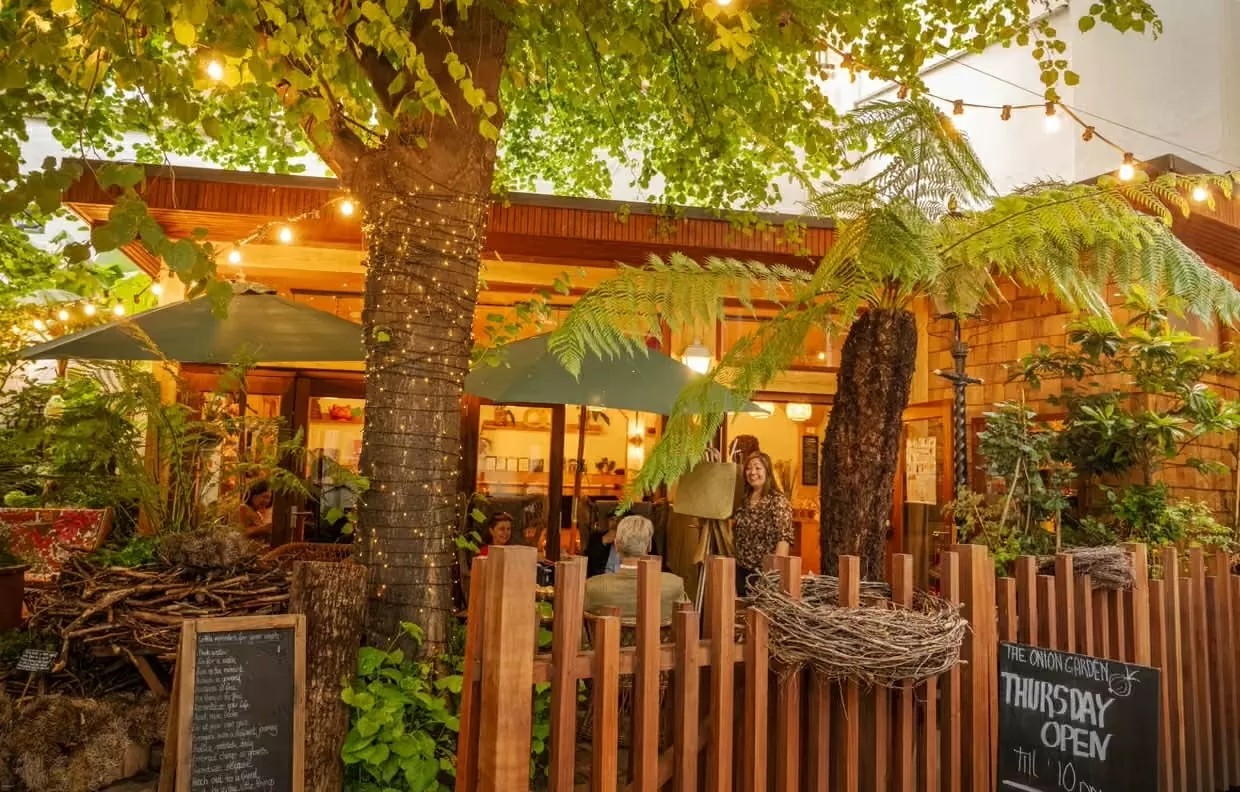
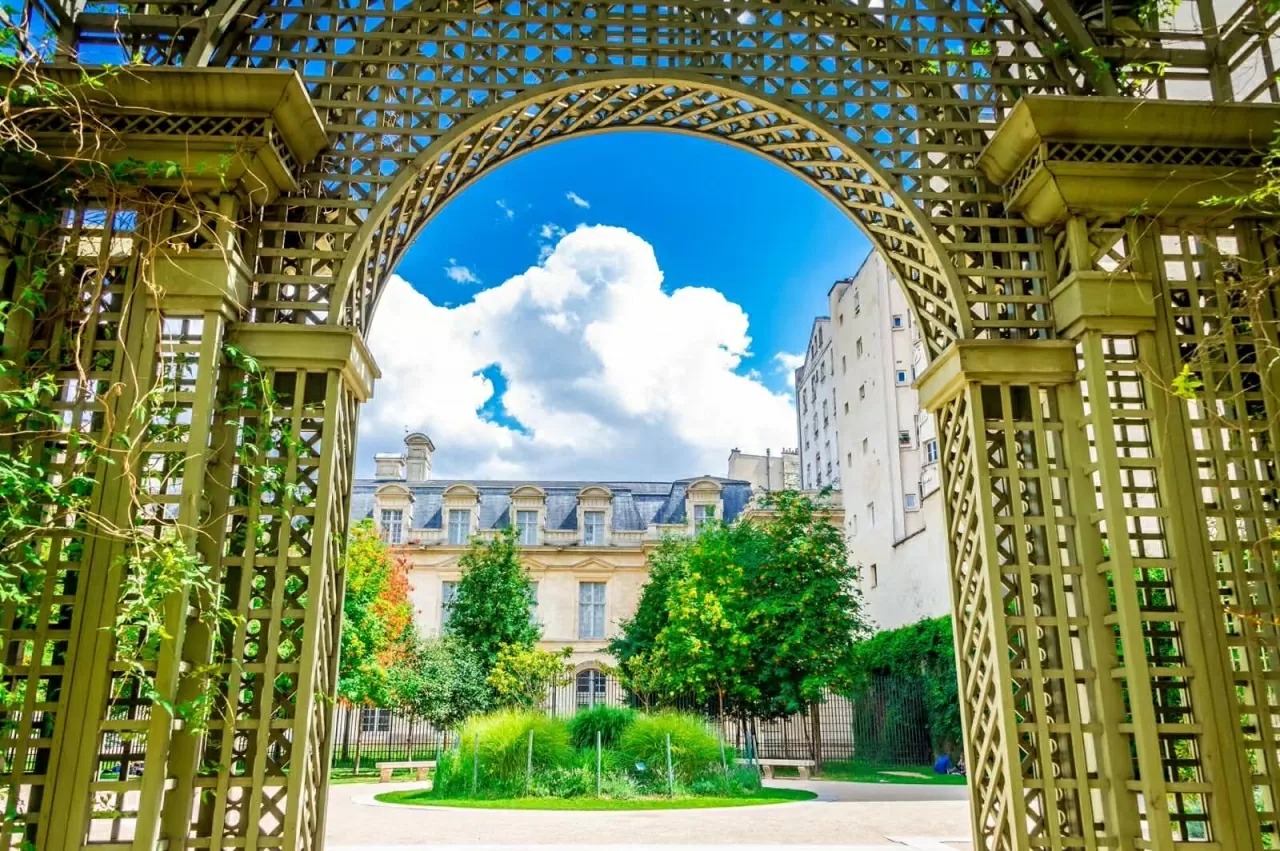
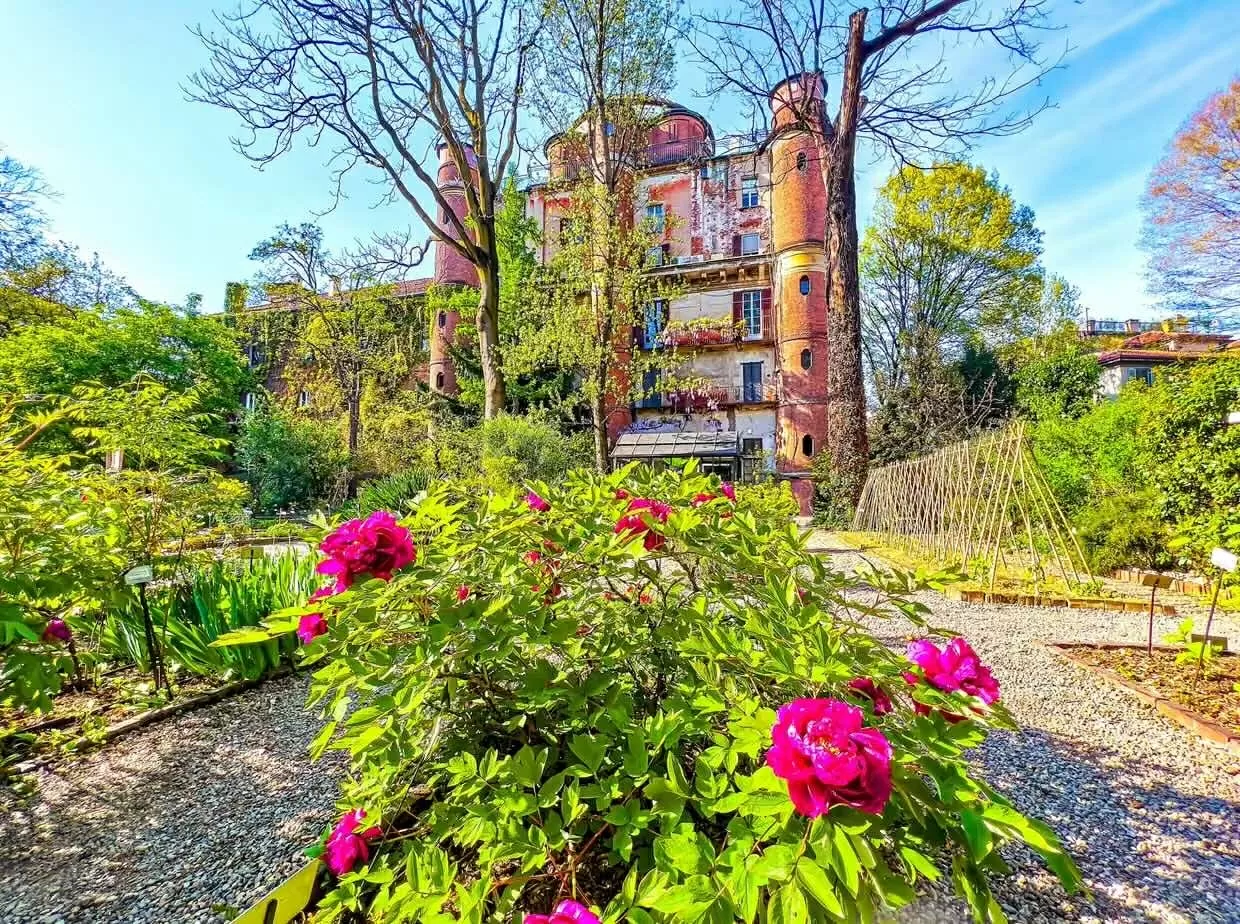
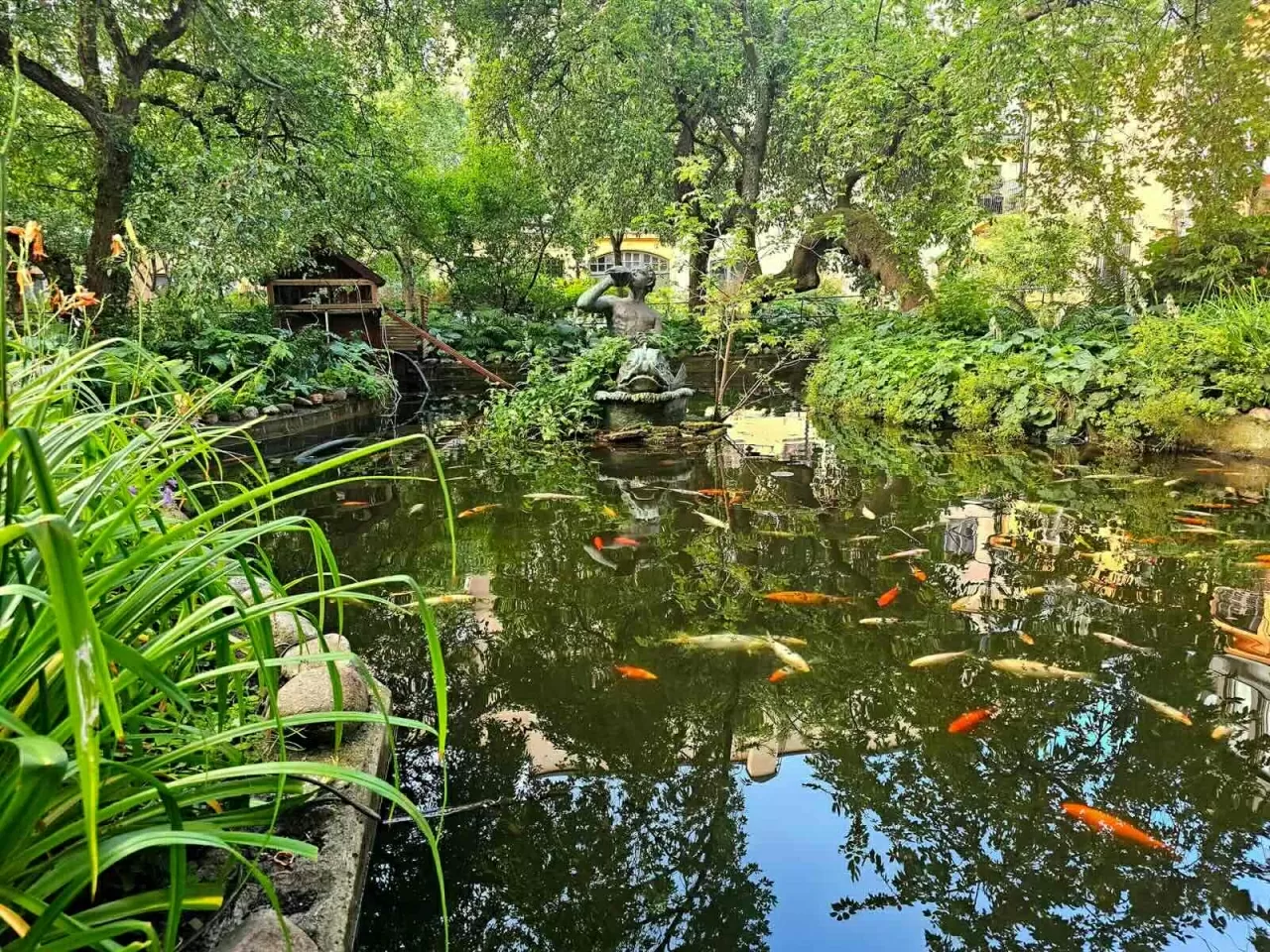
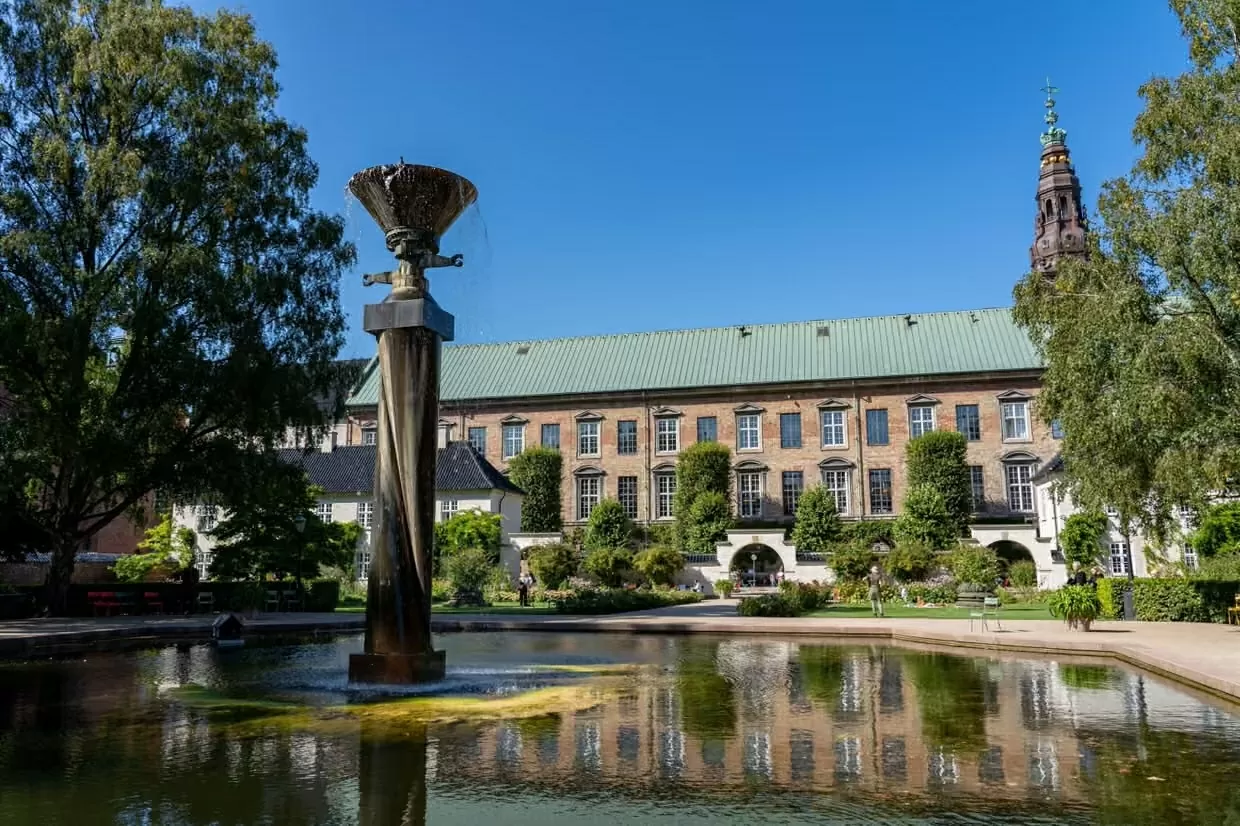
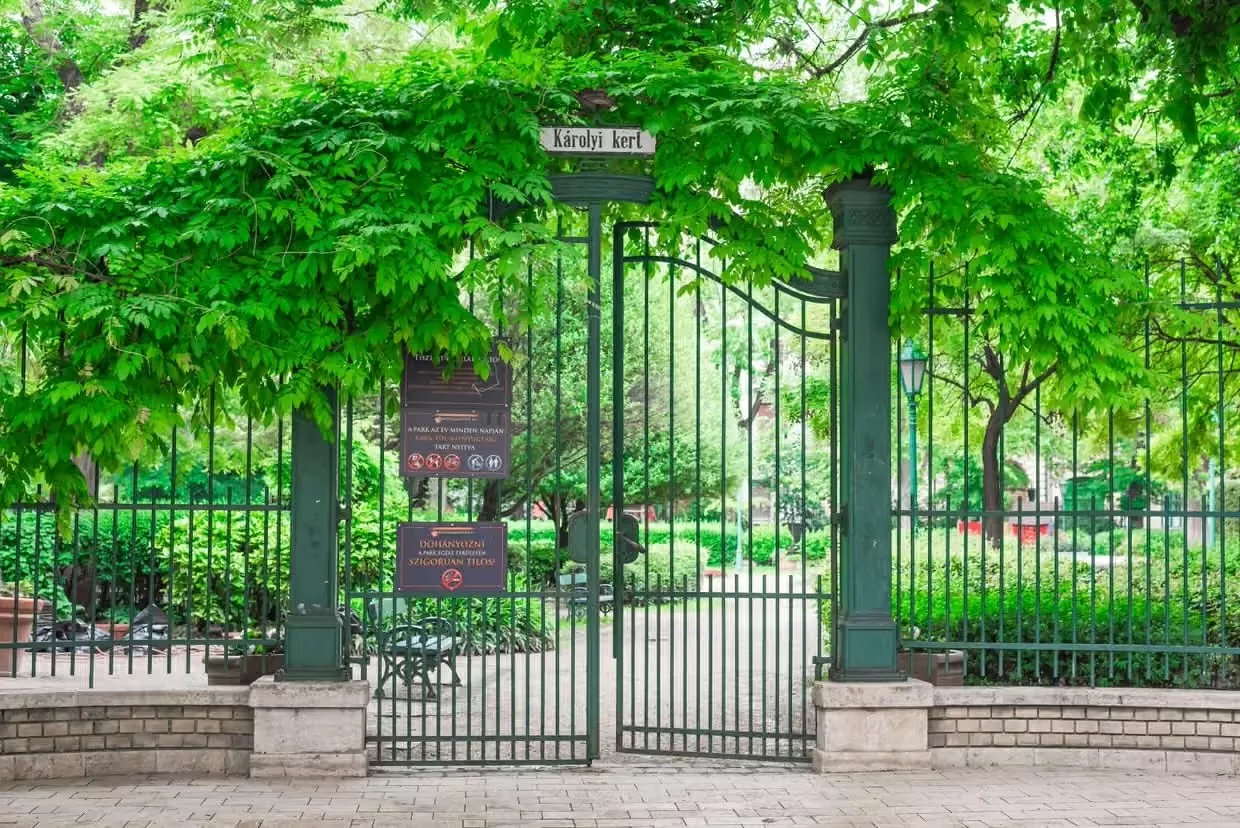
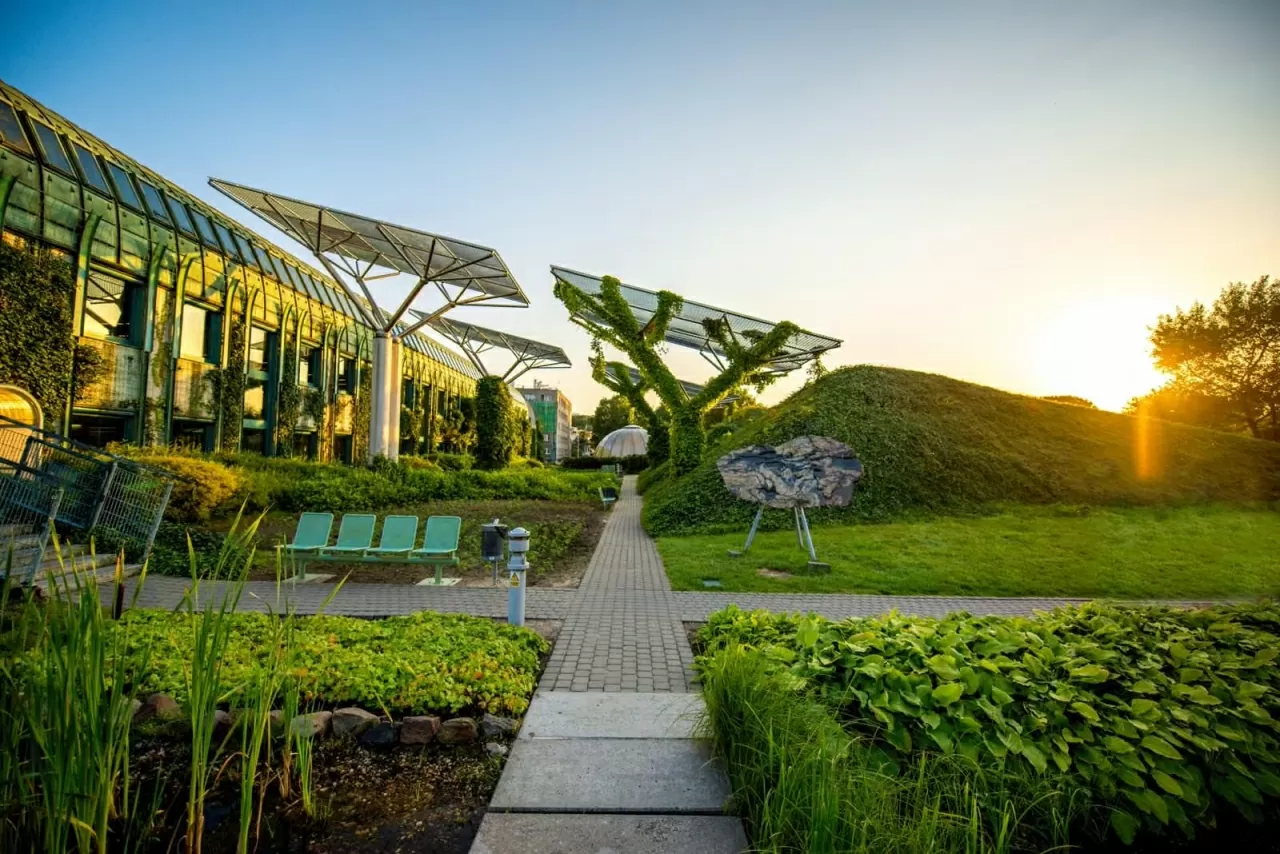
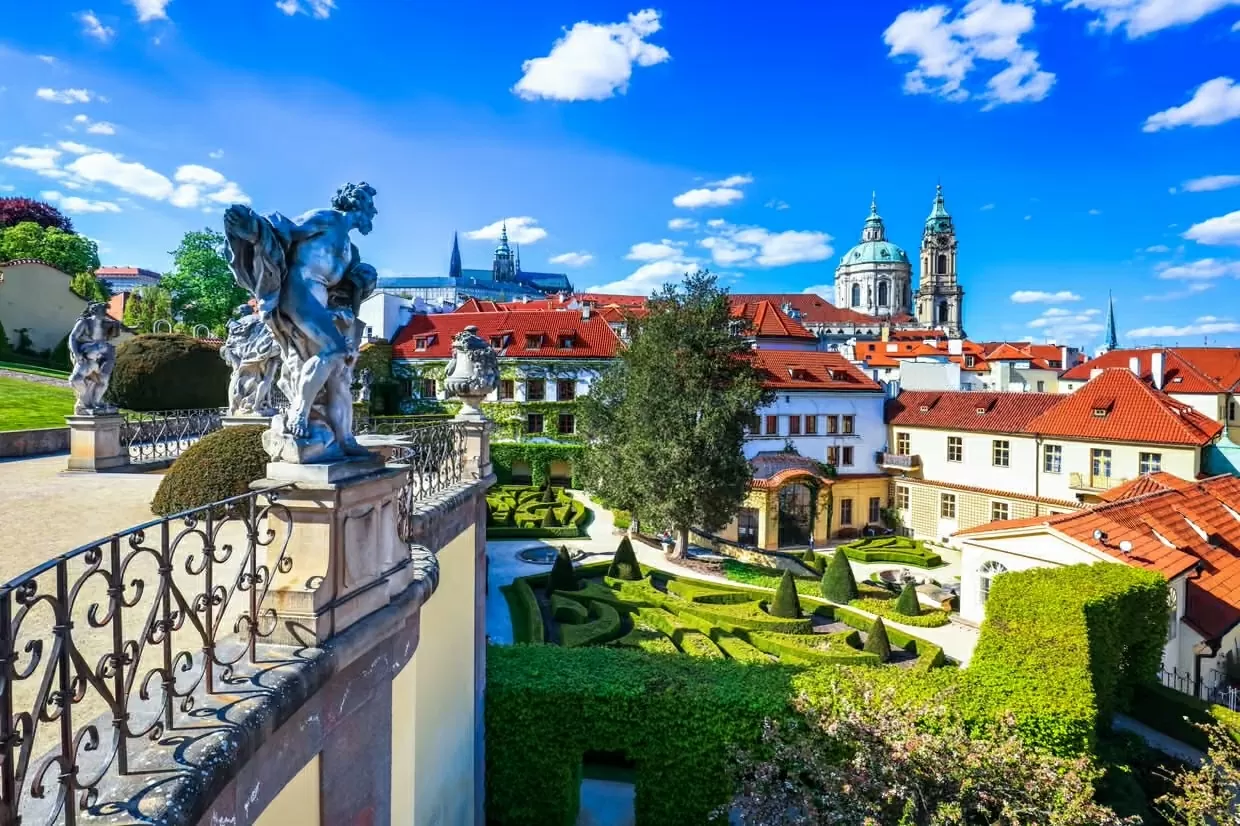

![[Photo] Prime Minister Pham Minh Chinh meets with representatives of outstanding teachers](https://vphoto.vietnam.vn/thumb/1200x675/vietnam/resource/IMAGE/2025/11/15/1763215934276_dsc-0578-jpg.webp)



![[Photo] General Secretary To Lam receives Vice President of Luxshare-ICT Group (China)](https://vphoto.vietnam.vn/thumb/1200x675/vietnam/resource/IMAGE/2025/11/15/1763211137119_a1-bnd-7809-8939-jpg.webp)

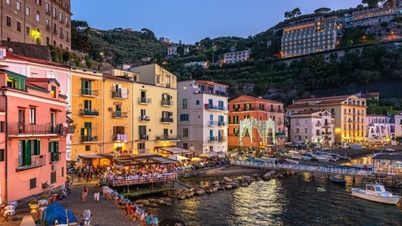

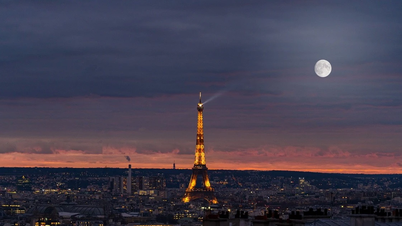



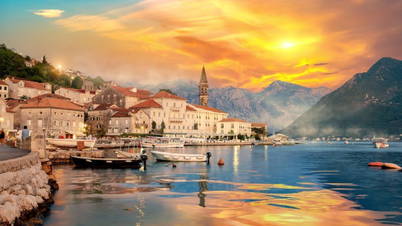





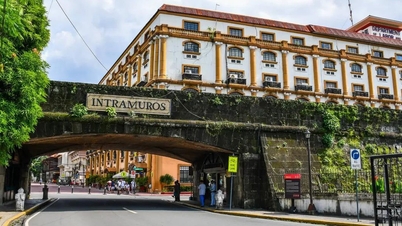

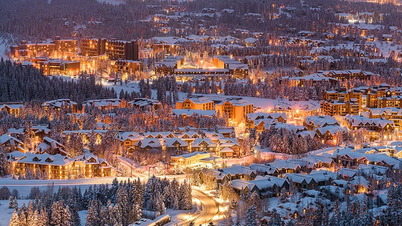























































































Comment (0)